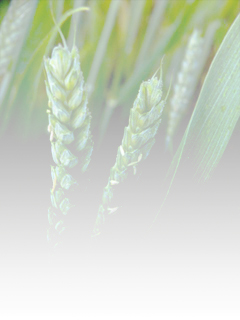Development of organic forage production systems for Tennessee and the Mid-South
(Butler, Bates) |
||
Organic milk production continues to be one of the strongest sectors of the organic food industry. However, in the U.S., organic dairy production has been concentrated in the upper Midwest and the Northeast. While there is increasing interest in the Southeast in organic dairy production as a way to increase the viability of family farms, there is limited research and extension information from this region to help conventional dairy farmers transition to organic or to help beginning dairy farmers establish their operations. This is especially true in the area of forage management for organic farms, an important issue considering that the USDA National Organic Program specifies that 30% of a dairy cow’s dry matter intake must be supplied through grazing, and that dairy cattle must graze throughout the length of the grazing season. The issue is also of great economic importance to producers given the high cost of organic feed grains. In late spring 2011, we began establishment of an on-farm experiment with a certified organic dairy near Philadelphia, TN. Three forage systems [ a) annual system, b) perennial system, and c) a cool-season perennial legume overseeded with a warm-season annual grass] were established in 1-acre plots and replicated twice. Initial results suggest that all forage systems examined would have utility for organic producers, but we are still in the early stages of evaluation. This research is funded in part by USDA-SARE on-farm research grant 0S11-057. | ||


